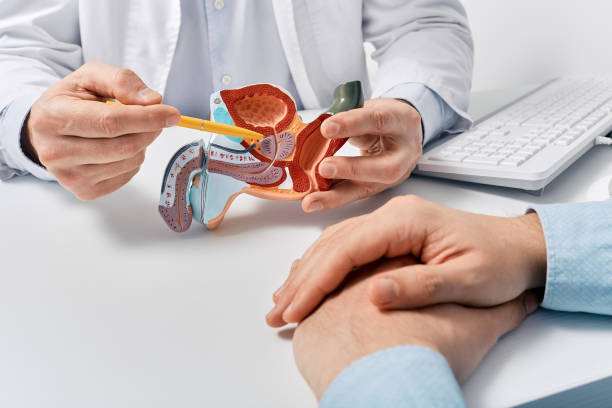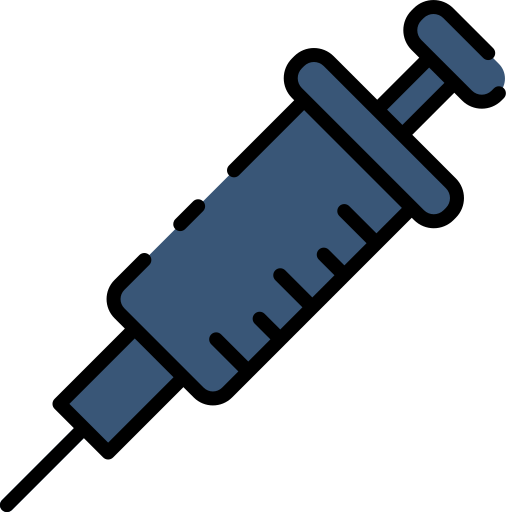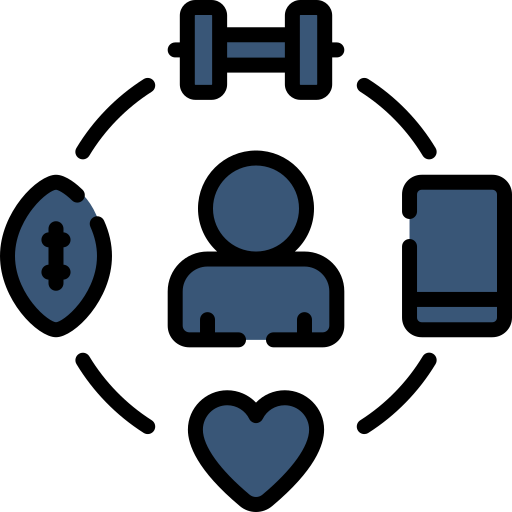Erectile Dysfunction
Erectile dysfunction affects an estimated 85 million men worldwide, and about 30 percent of them do not benefit from drug therapies. Defined by the persistent inability to achieve or maintain an erection suitable for intercourse, ED often leads to considerable emotional distress and strain on relationships.
While ED can occur at any age, its prevalence increases over time. Key contributing factors include cardiovascular conditions and diabetes—both of which impair the small blood vessels critical for an erection—as well as hormonal imbalances.
Men undergoing radical prostatectomy face an especially high risk: of the approximately 490,000 prostate cancer surgeries performed annually in the Western world, most patients continue to experience severe ED one year later.
Because ED affects not only physical function but also emotional well-being and interpersonal connections, effective treatment must address both the biological and psychological dimensions of the condition.

Currently no curative treatment is available for erectile dysfunction.
To meet this need, we are developing Blue Cell therapy.
Current treatments available
Consulting a healthcare professional is essential to pinpoint the root cause of ED and review the best treatment strategies. Therapy is then customized to the patient—considering their health profile, treatment preferences, and any contraindications.
Erectile Dysfunction







